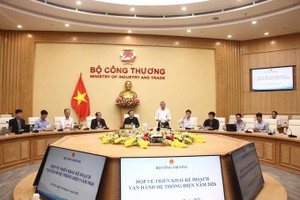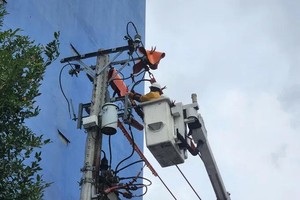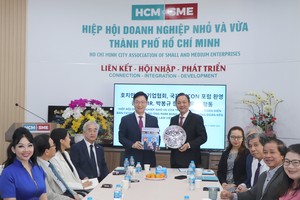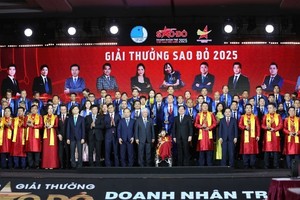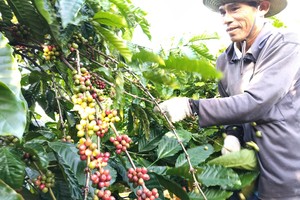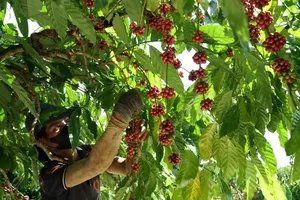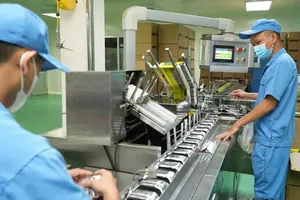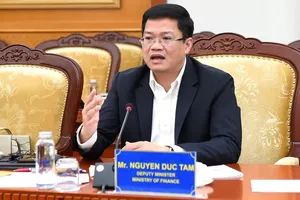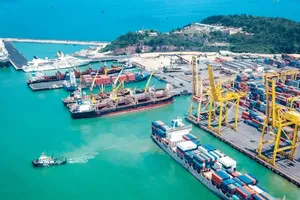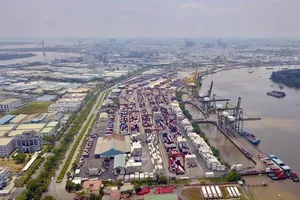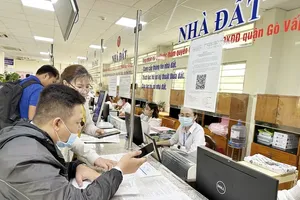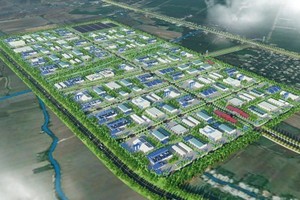While newly-registered capital declined by 23.8 percent to US$5.59 billion, additional capital injections into existing projects increased nearly 3.9 times to US$6.4 billion. Capital contributions and share purchases in the four months reached US$1.83 billion, or a 2.1-fold increase year-on-year.
Vietnam secured nearly US$13.82 billion in foreign direct investment (FDI) in the first four months of 2025, marking a year-on-year surge of 39.9 percent, according to the Ministry of Finance’s Foreign Investment Agency.
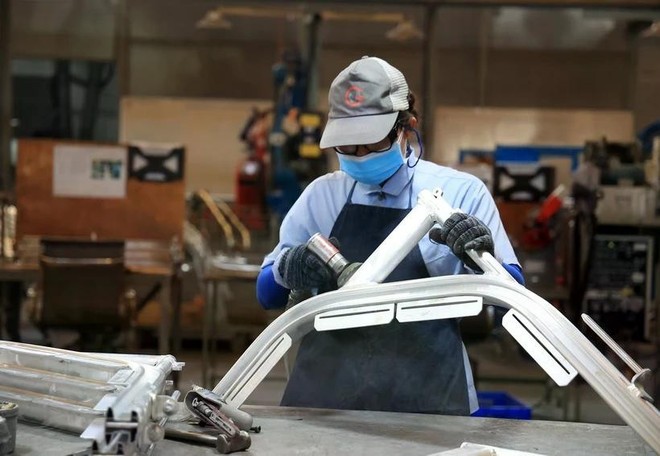
While newly-registered capital declined by 23.8 percent to US$5.59 billion, additional capital injections into existing projects increased nearly 3.9 times to US$6.4 billion. Capital contributions and share purchases in the four months reached US$1.83 billion, or a 2.1-fold increase year-on-year.
As much as US$6.74 billion was disbursed in the reviewed period, up 7.3 percent against the same time last year.
The agency said that the investment inflow into Vietnam has continued growing despite global volatilities, demonstrating investor confidence in the country’s investment climate.
Asian investors continued to dominate FDI flows, with Singapore taking the lead with US$3.2 billion, followed by the Republic of Korea with over US$2.8 billion. China, Japan, and China’s Hong Kong round out the top five source markets.
The agency also reported encouraging signs of diversification from smaller markets alongside traditional investors from the US and EU.
By sector, the manufacturing and processing industry attracted the lion's share of investment at US$8.9 billion, a 35.1 percent increase year-on-year. Real estate followed with nearly US$2.83 billion, up 61.9 percent, while professional and scientific - technological activities, and accommodation and catering services secured some US$611 million and US$352 million, respectively.
Geographically, provinces with established investment promotion capabilities maintained their leadership positions. Bac Ninh province topped the list with US$2.69 billion, followed by Dong Nai with US$1.52 billion, and Ho Chi Minh City with US$1.48 billion. Hanoi, Ba Ria-Vung Tau, and Ha Nam were also significant recipients of foreign investment.
